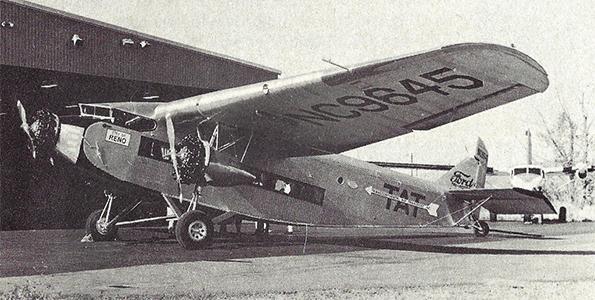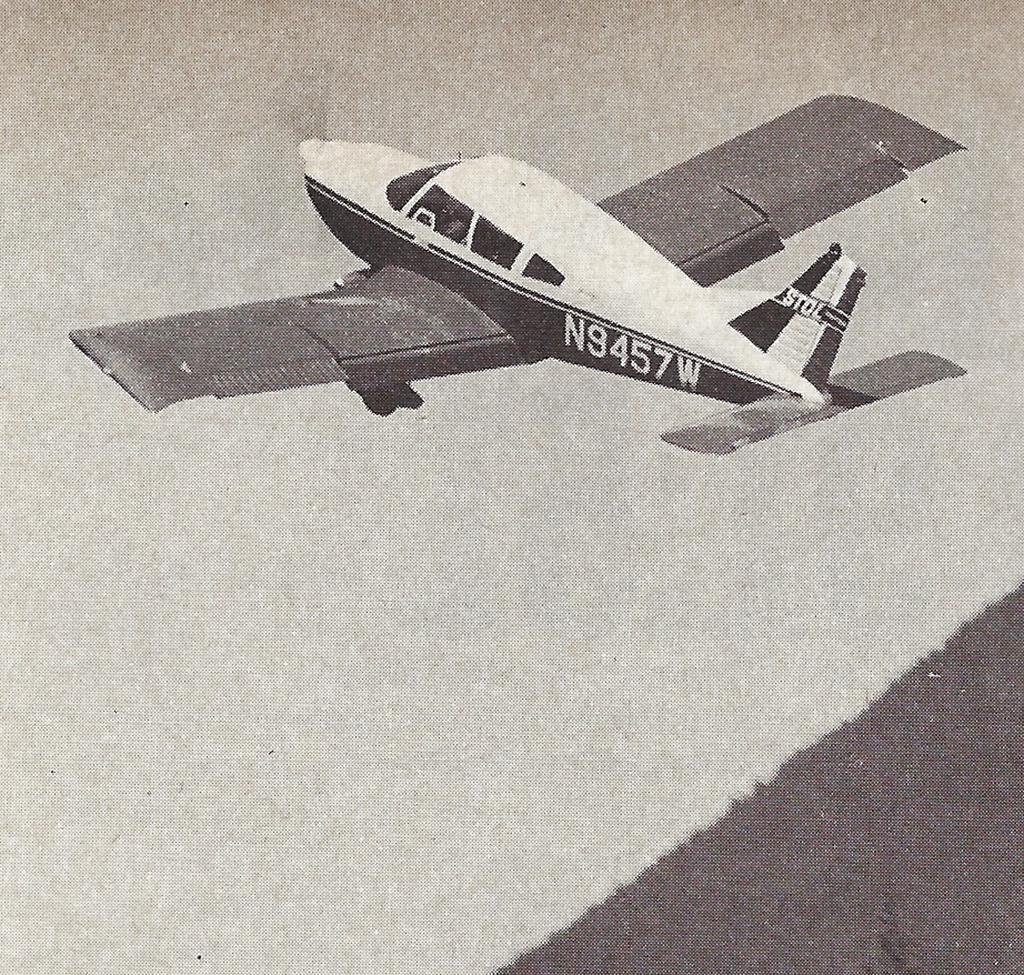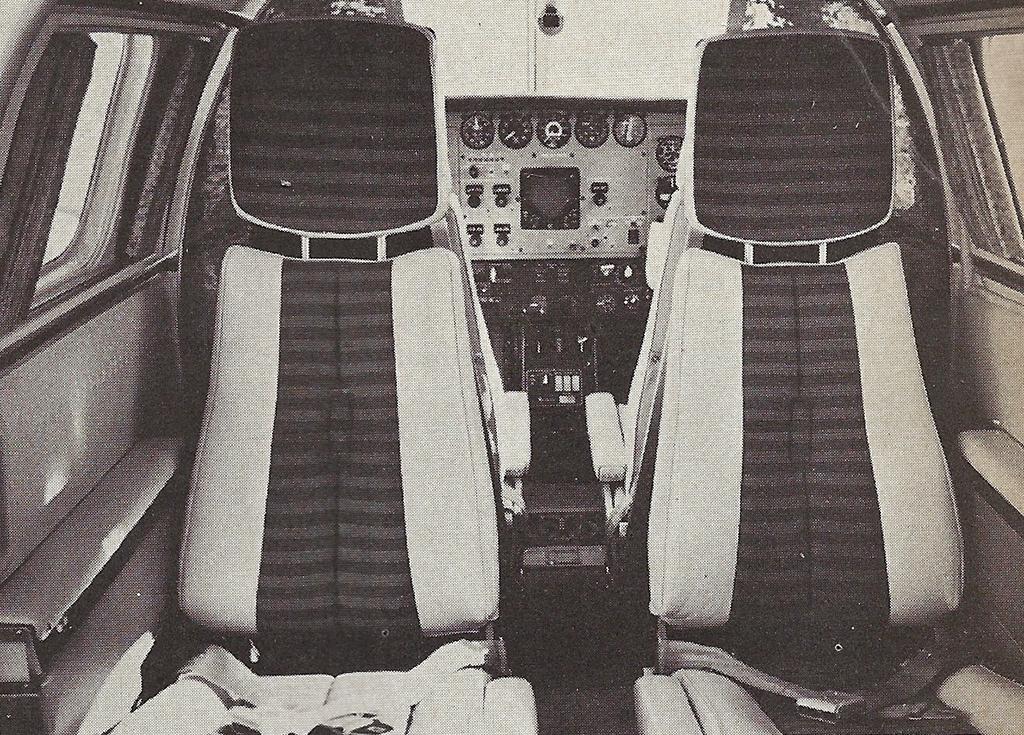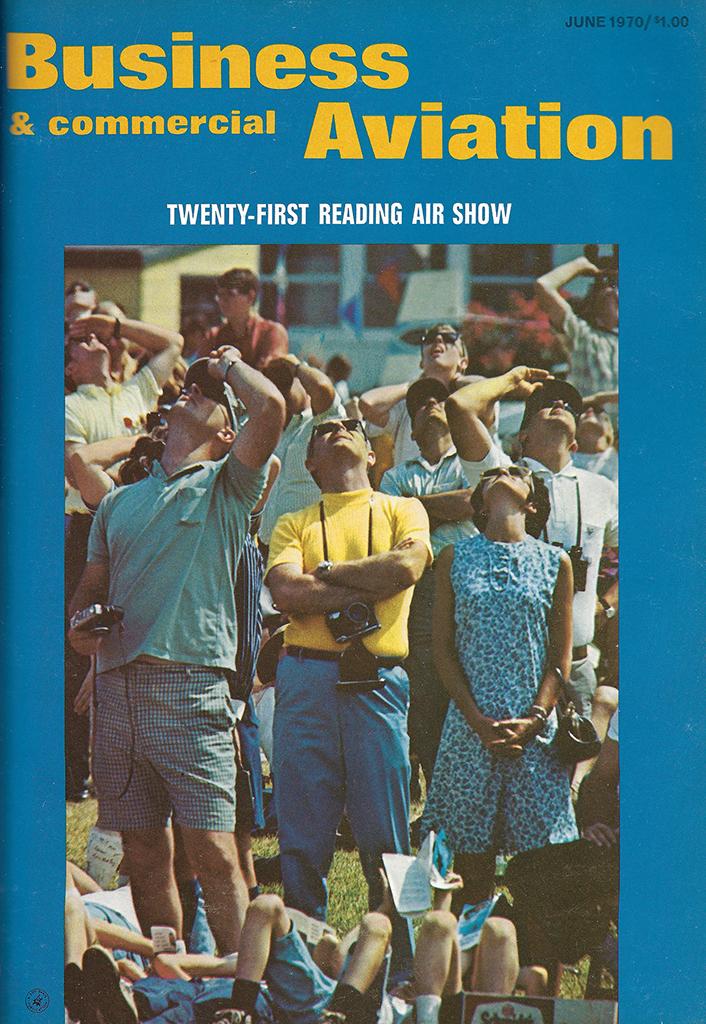
During these days of dismal economics, one of the favorite topics of conversation along hangar row begins with the questions: Where has the aircraft industry gone wrong? What should it have done that it did not do? – BCA Staff
Putting a CAS into operations now would tell us more about the collision avoidance problem in one year then 15 more years of meetings, proposals and ad nauseam rhetoric.
A Gander at the Goose: A legendary Ford Tri-Motor is aloft and well. Harrah’s Automotive Collection, Reno, Nevada, which spent four years restoring a Tin Goose from 1928, plans to show it at fly-ins on the West Coast. TWA, an early user of the aircraft, will feature the model in promotions.

STOL conversions for the zipper Cherokee 235 are available from Robertson Aircraft. FAA certificated, the plane can fly slower than 45 mph and operate at maximum gross weight of 2,900 lb. from fields less than 700 ft. long.

Inside the Beechcraft Duke’s dukedom quarters, though hardly of ballroom dimension, are ample and comfortable for six.

The Cessna 414’s cabin provides passengers with more room than the first-class section of most airliners. While the airplane takes advantage of the high routes, its 4.2 psi system keeps the inside atmosphere at comfortably low levels.
Reading ’70: Compilers of statistics determined that 6,514 people registered, 152 exhibitors hawked their wares in 231 booths (same as last year) and crowds watching the Thunderbirds, Hoover, Gaffaney et al were generously estimated at 100,000. Much put-upon tower operators logged aircraft movements of 2,588, 2,862 and 1,646 each day for the show.
The Archive






